The Evidence About Prostitution That The New York Times Ignored
Dissenting voices are vital in the wake of Amnesty International’s championing of laws that decriminalize pimps, brothel owners and johns.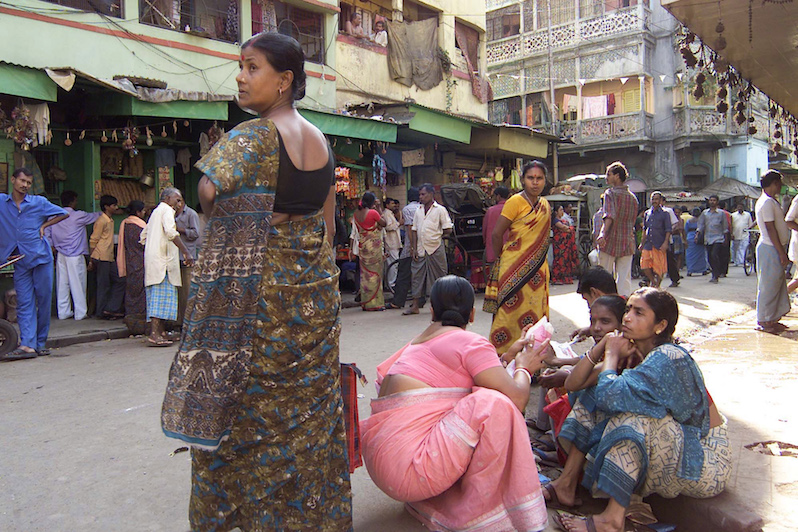 Women in prostitution wait for customers in Sonagachi, the notorious red-light district of Kolkata, India. (Bikas Das / AP Photo)
1
2
3
Women in prostitution wait for customers in Sonagachi, the notorious red-light district of Kolkata, India. (Bikas Das / AP Photo)
1
2
3

Women in prostitution wait for customers in Sonagachi, the notorious red-light district of Kolkata, India. (Bikas Das / AP Photo)
As we navigate an uncertain 2025, with a new administration questioning press freedoms, the risks are clear: our ability to report freely is under threat.
Your tax-deductible donation enables us to dig deeper, delivering fearless investigative reporting and analysis that exposes the reality behind the headlines — without compromise.
Now is the time to take action. Stand with our courageous journalists. Donate today to protect a free press, uphold democracy and uncover the stories that need to be told.

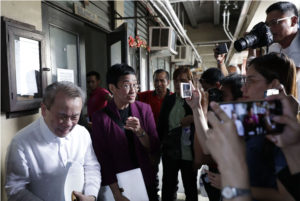
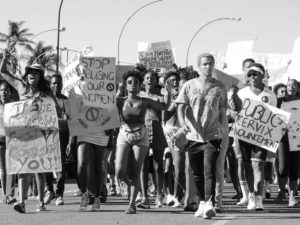
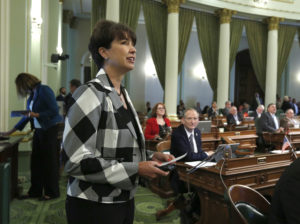

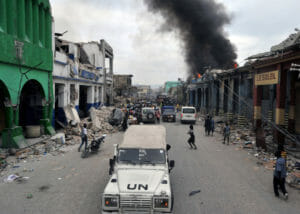
You need to be a supporter to comment.
There are currently no responses to this article.
Be the first to respond.